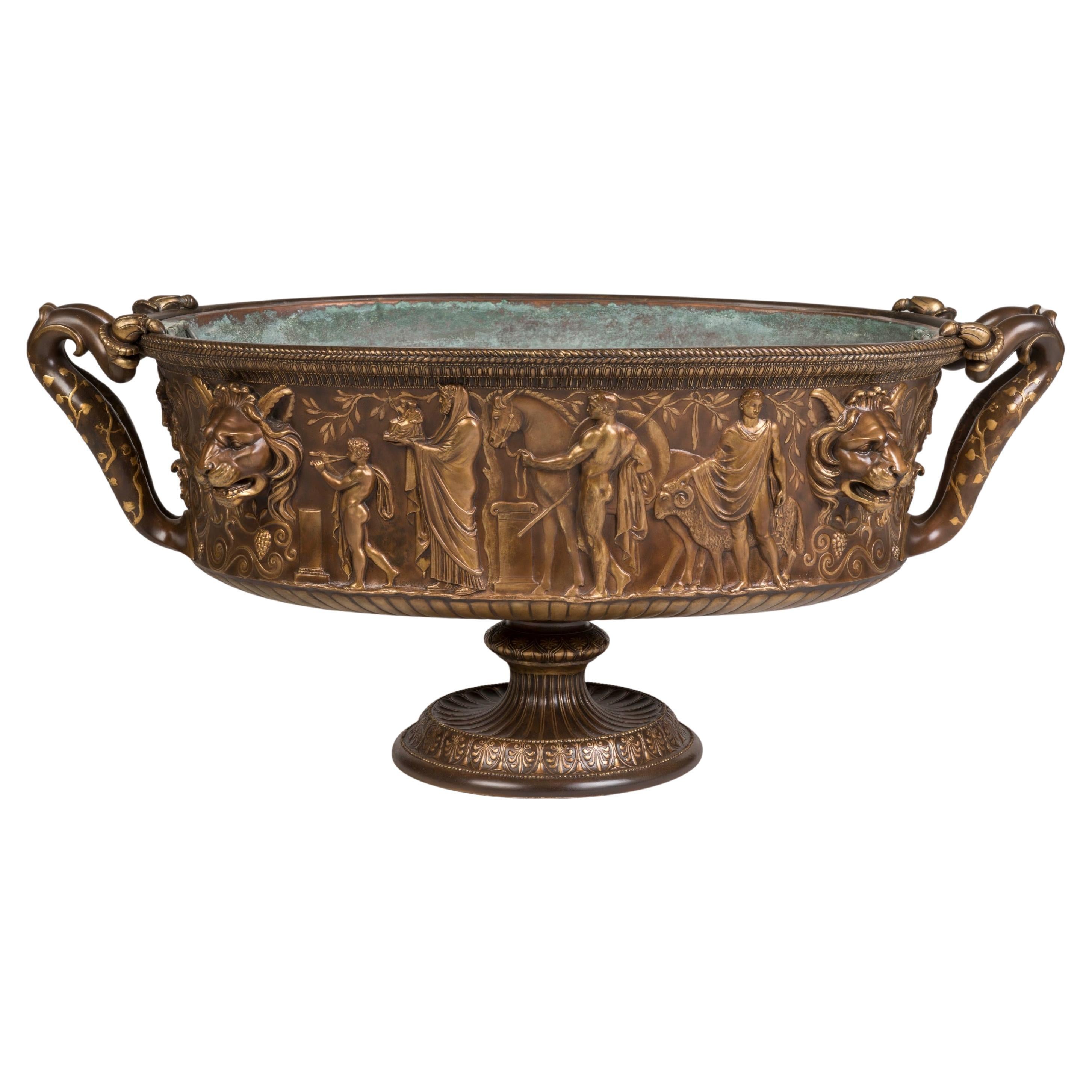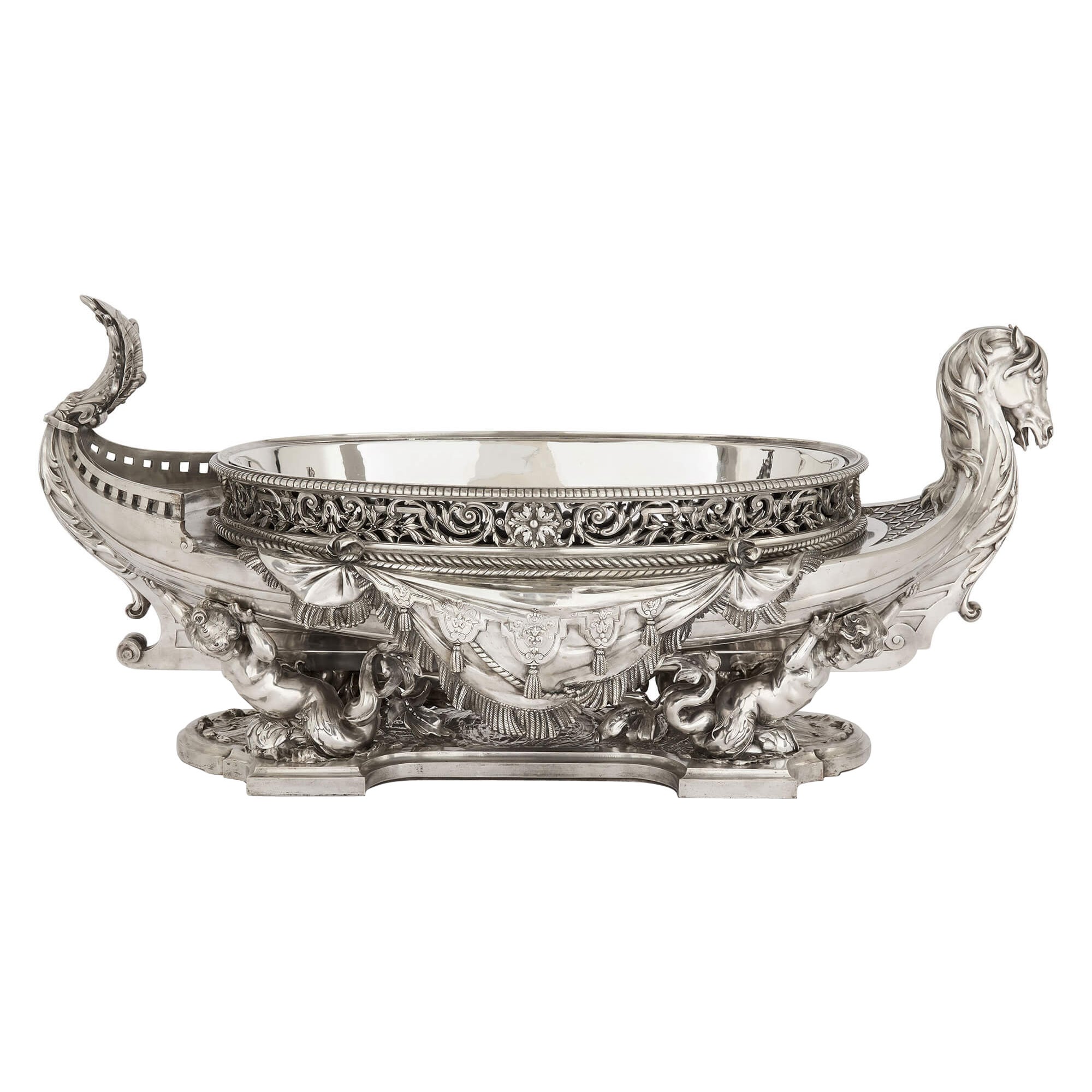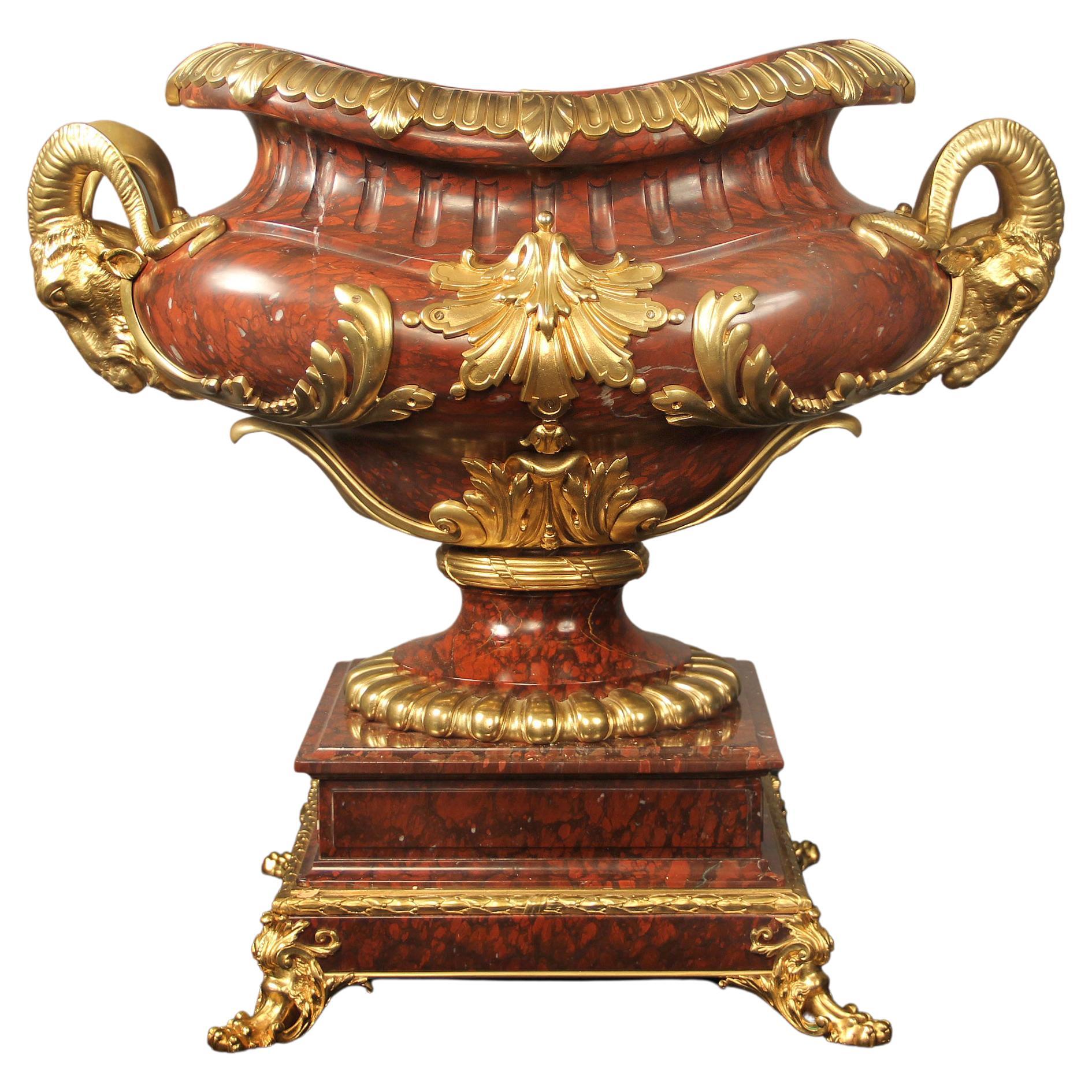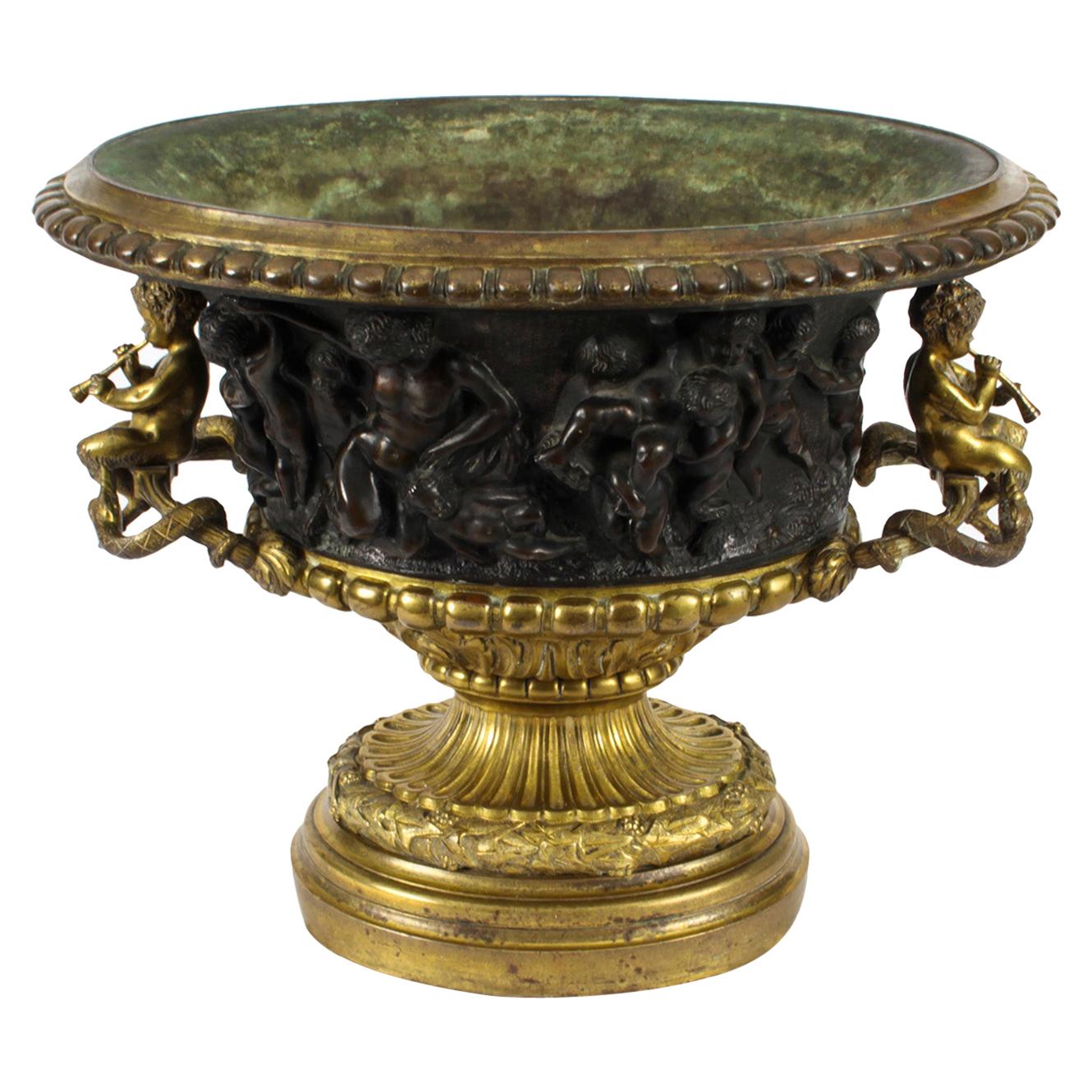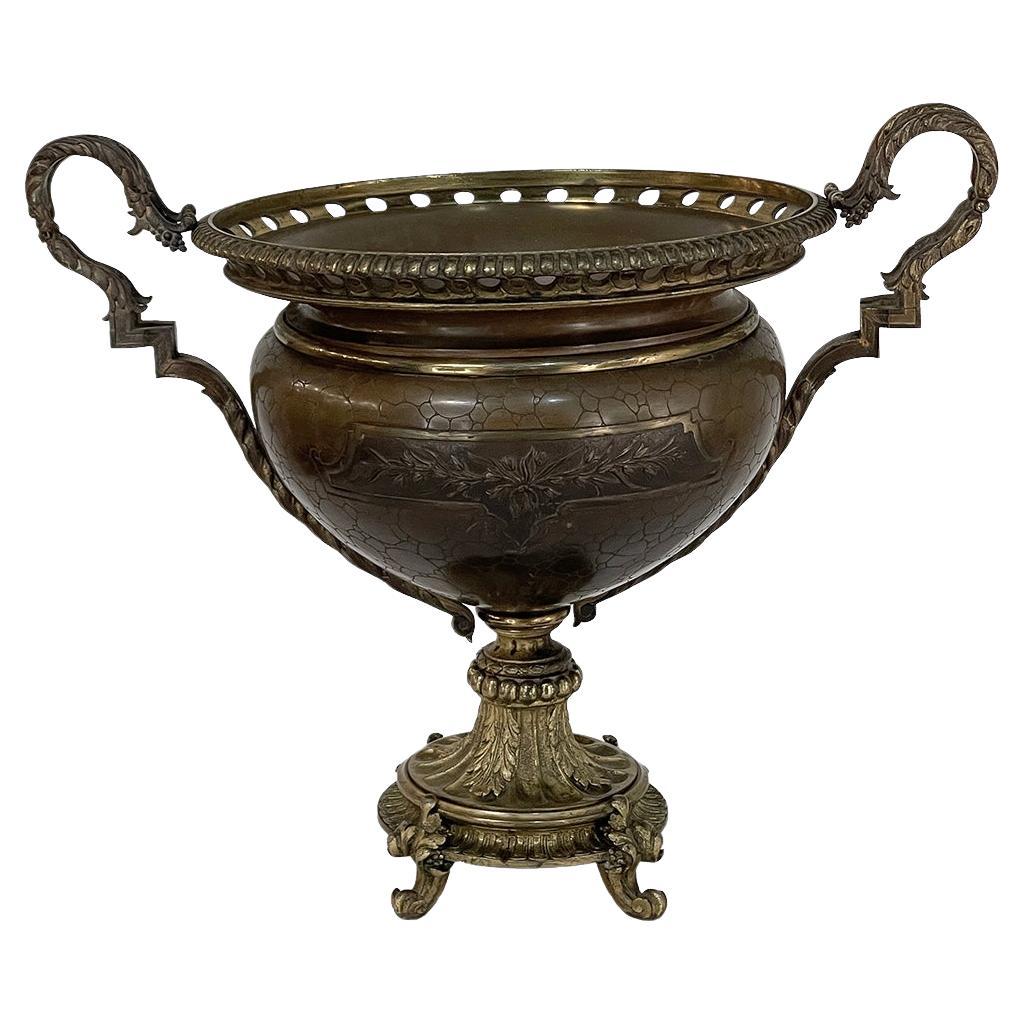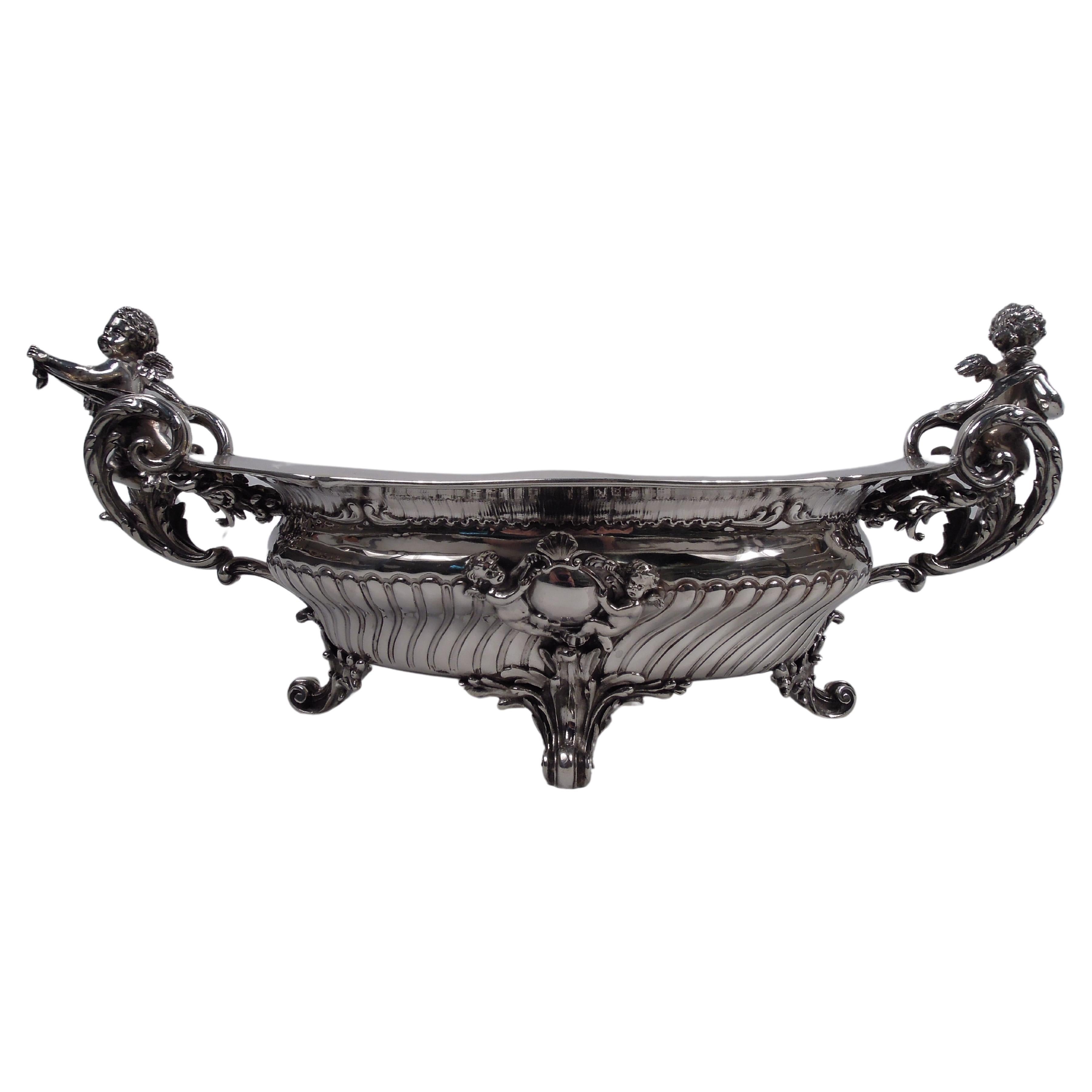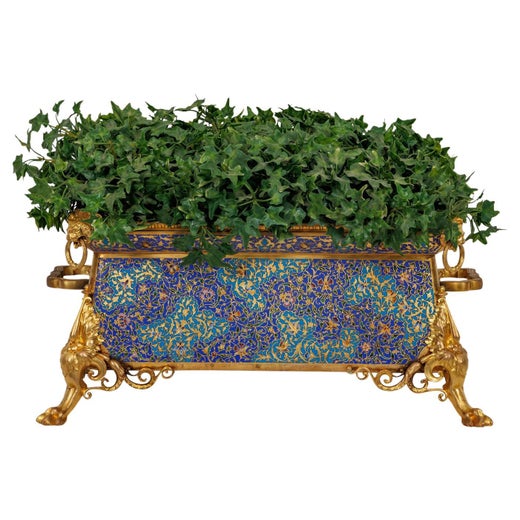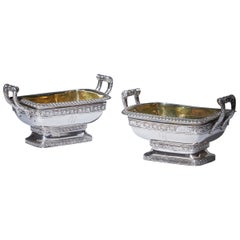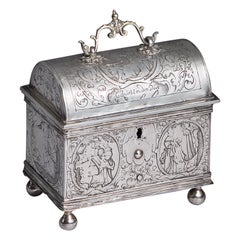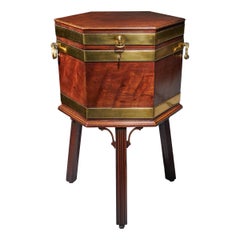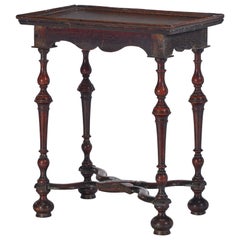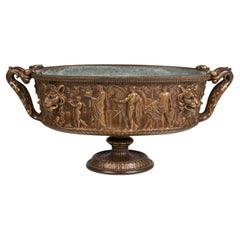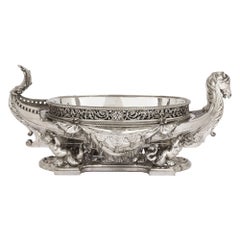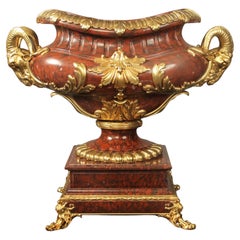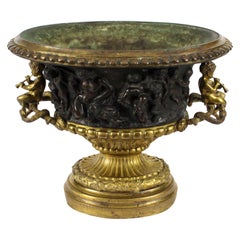19th Century Silvered Bronze Athénienne Jardinière by Ferdinand Barbedienne
Informazioni sull’articolo
- Creatore:Ferdinand Barbedienne (Fabbricante)
- Dimensioni:Altezza: 103 cm (40,56 in)Diametro: 41,5 cm (16,34 in)
- Stile:Grand Tour (Del periodo)
- Materiali e tecniche:
- Luogo di origine:
- Periodo:
- Data di produzione:1860
- Condizioni:Usura compatibile con l’età e l’utilizzo.
- Località del venditore:Oxfordshire, GB
- Numero di riferimento:1stDibs: LU4936227272632
Ferdinand Barbedienne
Fondata dall'ex commerciante di carta da parati parigino Ferdinand Barbedienne e dall'ingegnere Achille Collas, una delle fonderie più famose della Francia del XIX secolo ha iniziato con l'invenzione di un rivoluzionario dispositivo del 1830 in grado di produrre riproduzioni proporzionali - grandi o piccole - di sculture. La macchina di Collas, che permetteva di ottenere miniature di antichità per gli interni delle case di tutto il mondo, è stata fondamentale per il successo di F. Fonderia Barbedienne. L'azienda ha ottenuto prestigiosi premi e riconoscimenti dalla critica e ha creato squisiti portacandele in bronzo, orologi e lampade per una serie di clienti facoltosi e importanti.
Il duo lanciò la sua azienda con il nome di Société Collas et Barbedienne e, fin dall'inizio, ottimizzò i processi chimici per la pigmentazione e la patinatura delle sue statuette di bronzo. Dopo la morte di Collas nel 1859, Barbedienne proseguì da solo e il nome dell'azienda cambiò in F. Barbedienne.
A quel punto Barbedienne impiegava più di 300 operai e la Maison creò una serie di arredi e oggetti decorativi che presentavano l'integrazione di marmi e ormolu accenti. Tuttavia, con l'inizio della guerra franco-prussiana del 1870, la fonderia fu costretta a riadattare i suoi stampi e la produzione di cannoni sostituì sculture, mobili e vasi.
Quando Ferdinand Barbedienne morì nel 1891, suo nipote ed erede, Gustave Leblanc, assunse la carica di presidente, cambiando il nome in Leblanc-Barbedienne. Leblanc espanse la produzione in Germania, Regno Unito e Stati Uniti, portando avanti l'eredità dell'azienda con sculture monumentali, modelli e assicurandosi i diritti di produzione di statue famose.Paul Alexandre Dumas, creatore di Art Nouveau e studente di Louis Majorelle, succedette a Leblanc fino alla chiusura dell'azienda nel 1952.
I pezzi di Barbedienne sono stati esposti regolarmente nel XIX secolo e sono stati particolarmente apprezzati nelle esposizioni internazionali e nelle fiere mondiali europee, dove hanno ricevuto numerosi premi. Oggi, il Musée d'Orsay di Parigi conserva decine di opere di Barbedienne nella sua collezione, tra cui intricati specchi, vasi e coppe creati da Louis-Constant Sévin presso la fonderia. Per oltre vent'anni, Sévin ha creato lampade, scatole e altro ancora presso la Maison Barbedienne. Lavorando al fianco del pluripremiato inseguitore Désiré Attarge, Sévin progettò opere dell'epoca di Napoleone III che piacquero molto alla nobiltà europea.
Tra gli altri artisti che hanno collaborato con Barbedienne ci sono Eugene Aizelin, Emmanuel Fremiet, Antonin Mercié, Emile Guillemin, Edouard Lievre, Ferdinand Levillain e Auguste Rodin.
Su 1stDibs, trovi una collezione di antichi Ferdinand Barbedienne oggetti decorativi, illuminazione e altro ancora.
- SpedizioneRecupero del preventivo…Spedizione da: Faringdon , Regno Unito
- Politica di reso
Altro da questo venditore
Mostra tuttoDi antiquariato/d’epoca, Inizio XIX secolo, Inglese, Giorgio IV, Articol...
Argento
Di antiquariato/d’epoca, XVII secolo, Olandese, Barocco, Scatole decorative
Argento
Di antiquariato/d’epoca, XVIII secolo, Inglese, Chippendale, Tavolini la...
Ottone
Di antiquariato/d’epoca, XVII secolo, Inglese, William and Mary, Tavolin...
Quercia
Di antiquariato/d’epoca, XVIII secolo, Inglese, Stile Adam, Orologi da t...
Ottone, Acciaio
Di antiquariato/d’epoca, XVIII secolo, Chippendale, Portacandele
Mogano
Ti potrebbe interessare anche
Di antiquariato/d’epoca, XIX secolo, Francese, Vasi, portavasi e fioriere
Bronzo
Di antiquariato/d’epoca, Fine XIX secolo, Francese, Neoclassico, Vasi e ...
Bronzo
Di antiquariato/d’epoca, XIX secolo, Francese, Belle Époque, Centrotavola
Marmo Rouge Griotte, Bronzo
Di antiquariato/d’epoca, Anni 1830, Francese, Vasi e fioriere
Bronzo, Similoro
Di antiquariato/d’epoca, Anni 1880, Europeo, Neoclassico, Vasi e fioriere
Bronzo
Di antiquariato/d’epoca, Fine XIX secolo, Francese, Neorococò, Vasi, por...
Argento
